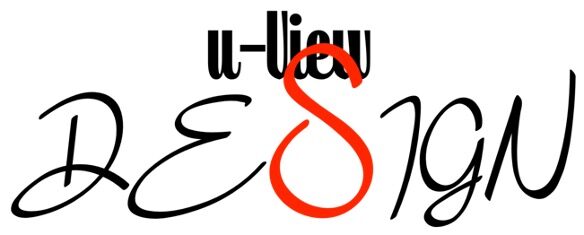I suspect we’ve all been on the receiving end of bad customer service. Well, maybe not even “bad”, but a situation where there was obvious room for improvement. Slow meal at a restaurant, no smile or greeting in the department store, cable repair was late by an hour and didn’t call.
It just feels like as a consumer, we’re spending money at their establishment paying their company and our time is just not valued like it should be. If the meal is running late, I have no issue with that, as long as the staff comes by the table and lets us know. I understand. It’s when I have to ask or flag someone down because it’s been 30 minutes and there are only 4 other people in the restaurant that I have an issue, or I finish my meals and cant find anyone to take my payment.

The service gap that always gets me the most is when I expect someone to be at my home to provide service at a specific time, and 60 minutes later, I am calling to find out what’s happening. I tend to be pretty understanding, IF I am communicated with. I get that things happen. I know some service calls that should have been an hour took 3, but I planned my day around the timing originally provided and I just need to know what to expect.
What am I likely to do the next time I need service? Well, I am certainly going to be hesitant to call the same company that left me hanging for 2 hours because they were late! (Fool me once, . .) I don’t think it’s unreasonable to expect I search for another similar service provider. Loyalty only goes so far until the perception on the consumer side is apathy. Had I received a call or text, or even an email letting me know that the technician is held up on the previous job, and is it OK to show up 90 minutes late, my view of the situation would be different.
This is one of the many scenarios where a CRM solution can really make a difference in a 2 star review, and a 5 star review. According to a study by Accenture, 52% of customers who have a poor service experience with a company switch to a competitor. Another study by NewVoiceMedia found that poor customer service resulted in $62 billion in lost business in the United States in 2020. Maybe you don’t believe the number is 52%, but ask yourself, what number of lost customers is acceptable just because communication broke down? 20%? 30%?
The implementation of a CRM can address this specific scenario, and here is how.
As your technician realizes the issue on the current job, they can have the next appointment right on their phone with a one touch call or text button. Maybe the technician isn’t the right person to make the call to the client? The technician can easily alert the office staff by a call, or internal message that there is going to be a delay, and allow the office staff to communicate with the clients affected later in the day.
Maybe someone has to reschedule? If it’s me, and it’s not urgent, I’d rather reschedule and accomplish what I need to in the day, instead of wasting a block of time not knowing.
This entire process can also be automated with a touch on the phone, to alert the remaining schedule of the delay, and potentially retain the goodwill of several clients. Allow the CRM to make the initial communication, (The client won’t know the difference) and based on the response, determine next steps. “Does a 90 minute delay work for you?” Yes or No. If Yes, “Great, we will see you then.” if No, “I’m so sorry, please call the office for rescheduling” or “Please click here to choose a new time”
Putting in a process like this can be intimidating. Some people are concerned with an “impersonal” touch, but you craft the message, you determine the method of delivery, based on the situation, and in the end, nothing is forgotten. No client is left wondering where you are. Small steps make a big difference, and that’s where uView Design can help isolate areas of improvement, prioritize activities and make incremental improvements to best serve your customers.
Remember, it can cost between 5 to 25 times more to acquire a new client, than it does to retain an existing one. A study by The Harvard Business Review found that increasing customer retention rates by 5% can increase profits by 25% to 95%. Taking care of current clients is crucial to any growing business, regardless of industry or service area.
It is important for you to focus on customer retention and invest in strategies to keep your existing customers happy and satisfied, which can ultimately lead to long-term profitability.
